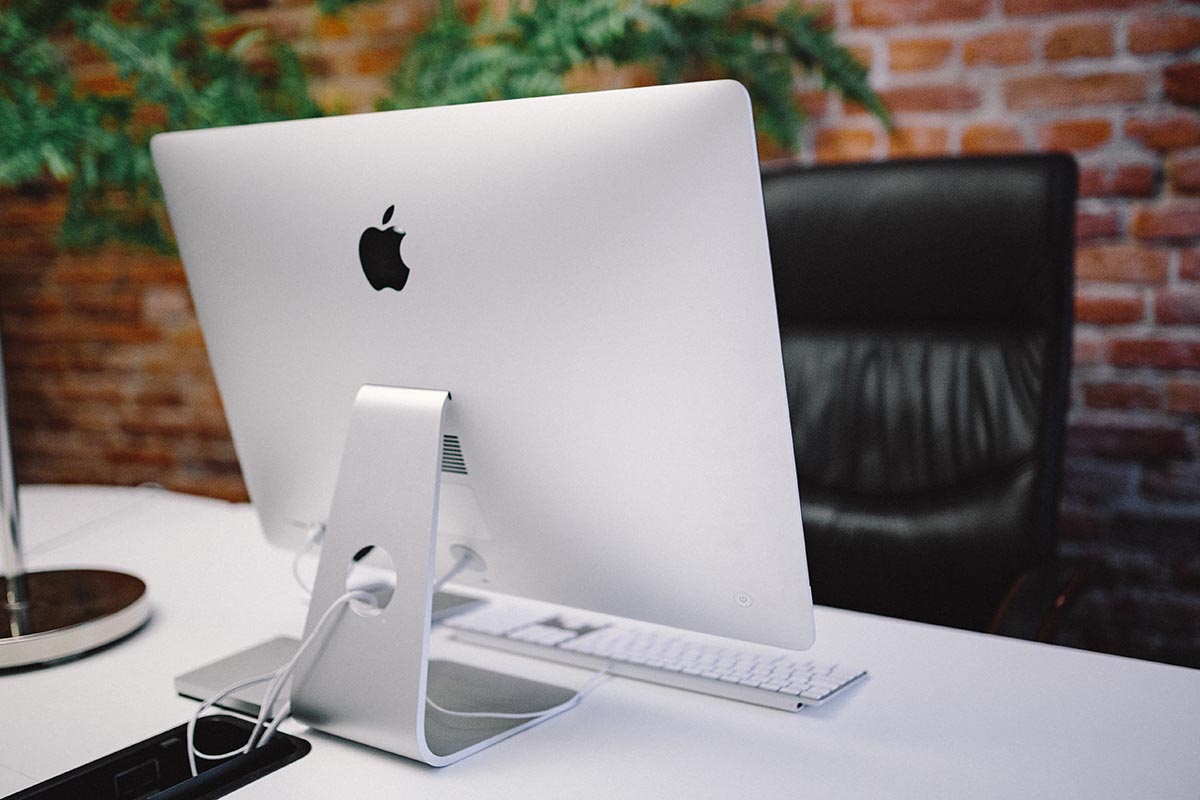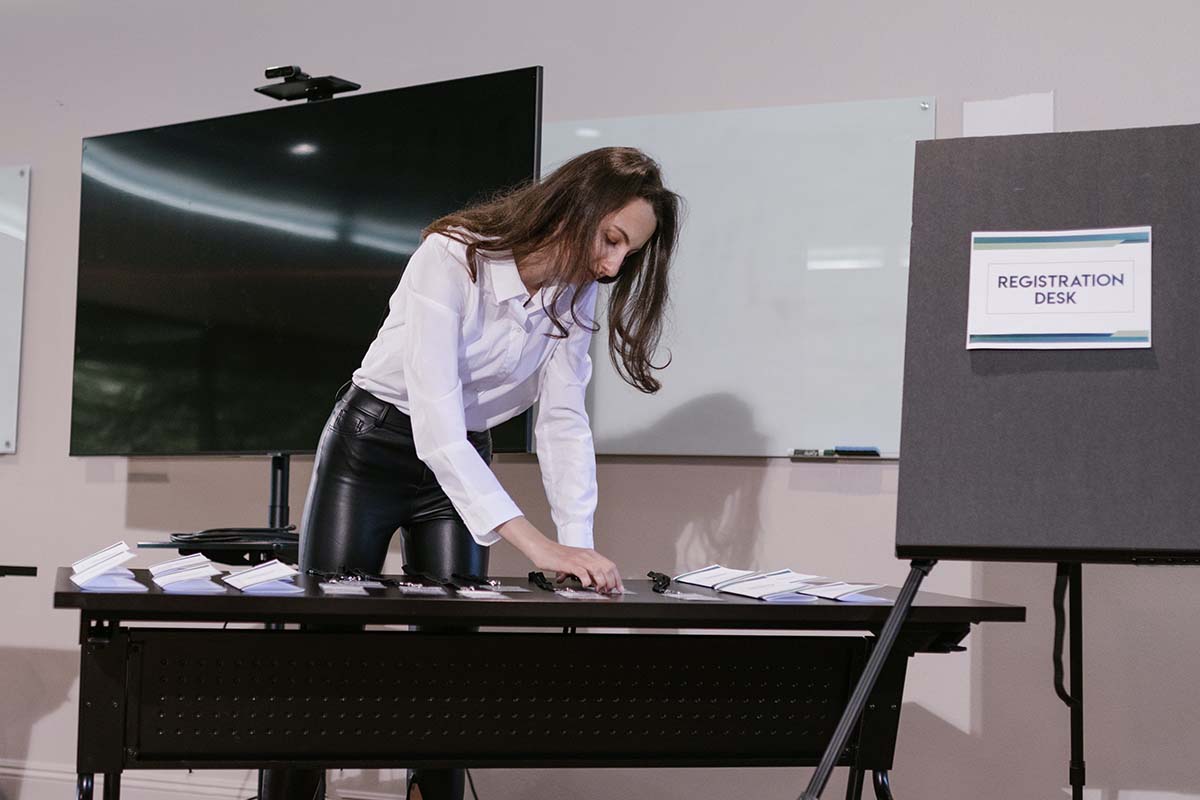Working Remotely: How COVID-19 Has Changed the Workplace Forever
Since its arrival in late 2019, coronavirus has had huge impacts on all our lives – however, perhaps nowhere more so than in the workplace. With enforced social distancing, lockdowns, and isolation, the modern world of work has been turned upside down by the virus.
As home-working became the norm, the traditional office environment has changed almost beyond recognition, leaving many to wonder if we will ever see a return to the previous Monday to Friday, 9-5 working practices that were so prevalent through the last century.
The rise of home-working
Even now, as we near the first anniversary of COVID-19 and the promise of vaccines inch ever closer, the ramifications of the virus will likely be felt for some considerable time to come. Indeed, many companies have reported increased productivity through remote-working.
Some larger operations like Twitter announcing their employees will now exclusively work from home and will never have to return to the workplace again. With many other large corporations announcing similar remote-working plans, one might question how the office of the future may look – or if offices will be required at all.
The advantages of working remotely
Remote-working has come with increased benefits for both employers and employees, and it seems unlikely either will be overly keen to revert to old-style office arrangements anytime soon. For both parties, there have been substantial advantages through the move to working remotely, including:
For employers
Employers have been able to scale back their workspace and, in many cases, downsize to considerably smaller premises. This, in turn, has brought with it reduced rent and rates. Moreover, smaller offices have also led to decreasing utility bills (heating, lighting, and electricity, etc.) and other benefits such as reduced phone bills and less need for costly office equipment (desks, chairs, printers, etc.). As employees moved to home-working, most of these expenses were transferred directly to staff.
For employees
In the main, employees have reported a better work/life balanced achieved from working at home. Gone are the days of the rush-hour commute, instead replaced with a far more relaxed and stress-free approach to the working day – taking breaks when required and structuring the workload around other commitments. While some employees have reported occasional feelings of isolation through not going to work, most home-workers have, in the main, found working remotely to be a positive experience. Additionally, there has been a huge increase in those working truly remotely (i.e., not even from home) and a surge in so-called digital nomads operating on the road, purely over the internet.
Office space will still be needed – but its use will change considerably
While remote working has clear advantages, it seems unlikely we will see the traditional office’s end. Most experts agree that the majority of companies will still need to have office space in the future – but that its focus and use will change drastically:
The office will become headquarters 2.0
While previously, most companies considered their office space as their HQ, the office of the future will likely become a place from which bosses can plan, monitor, and coordinate the work of remote employees.
Offices will become a place to meet
It’s very likely offices will become a far more social experience – more a place to congregate rather than one in which to solely work. We will see an increase in conference rooms to foster interaction and meetings.
Increased reliance on video conferencing
With more employees working from home, there will be a requirement for better video conferencing facilities. Adaptable LED lighting will become increasingly important to set the right mood, light, and ambiance for video calls while there will also be an increased reliance on connected technologies, cameras, and production capabilities. To find the right type of lighting for all of your video conferencing needs and office set up, you can turn to an expert in light design, such as 299 Lighting.
Hygiene will remain a consideration for some time to come
Even with the recent promise of vaccines, office hygiene and strict cleaning regimes will still need to be followed for some time to come. Some experts even predict we may see airport-style temperature scanners to vet employees as they enter buildings.
There will be increased use of Artificial Intelligence
It’s predicted offices will rely on Artificial Intelligence (AI) to monitor employee movements around buildings and ensure social distancing. Moreover, AI will be required to assign seating or the cyclical use of conference rooms.
Rotation patterns for office workers
Where workers are required to come to the office, it will likely be on rotation patterns at shared work consoles in monitored shifts. Clearly, hygiene measures will also be required after each use.
Air and humidity monitoring
At the very least, office space will require circulated air or filters and humidity monitoring to protect employees properly.
Like so many other aspects of life, COVID-19 has presented us with a new normal – a new way of doing things – however, not all these changes need to be viewed with hesitation. As we learn to adapt and live with new ways of living post-virus, additional opportunities and advantages will emerge. Nonetheless, while the prospect of vaccines makes a return to a semblance of normality seem all the closer, it seems likely that the traditional workplace has changed forever.



















